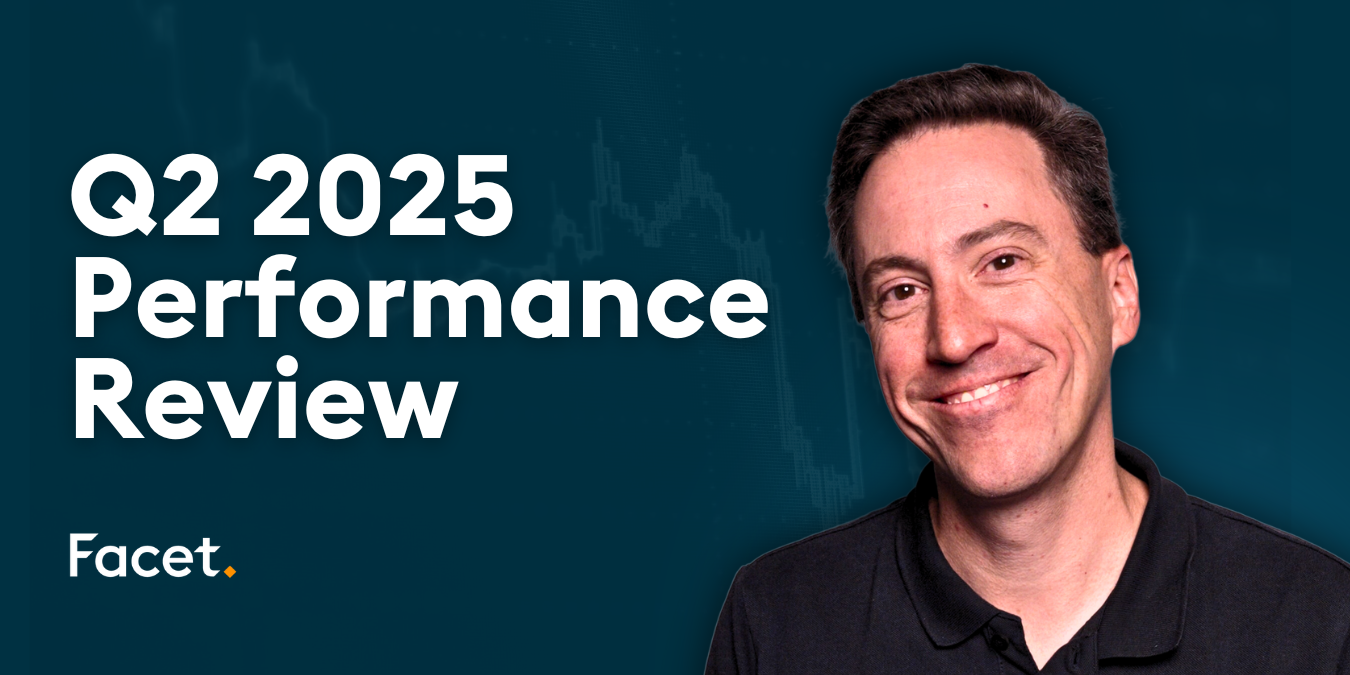
The information provided is based on the published date.
Key takeaways
- Your financial plan should be the starting point, and the foundation, for any investment that you make
- The goal is to participate in the global economy through stock and bond markets - not to try and beat them
- It’s not just about how much you make, it’s how much you keep – your costs should be as low as possible
- You need to take a long-term perspective and ignore the short-term ups and downs of your investments
- Humans are naturally bad at investing – the key is to focus on what you can control
Growing our money is important, but we invest to achieve something more impactful in the future – a good education for our children, a worry-free retirement, or maybe a donation to a charity you love.
The best way to achieve this is through a clearly defined plan involving these important questions.
- What is the goal you want to achieve?
- When do you want to achieve it?
- How much do you need to have at that time?
- And what level of risk are you willing to accept?
After answering these questions, you can start looking at what investments make the most sense.
After you’ve chosen your investments, ask yourself these two questions before you invest:
- Why am I investing in the first place?
- What will this money allow me to do in the future?
Answering these questions will give you clarity about how to choose an investment strategy that supports your goals.
What’s the point? Your plan is your foundation and your guide. Investing is simply a tool to help you achieve your most important milestones.
Participate in markets, but don’t try to beat them
Successful investing is about letting markets – US and international stocks and bonds – work for you. To do this, invest broadly and avoid trying to pick the winners. Investing broadly means choosing a wider variety of places to invest your money – often referred to as “diversifying.” This will allow you to participate in the growth of stocks and bonds over the long haul and avoid the risks that come with investing in just one company.
Why is this the right strategy? First, let’s look at how the so-called “experts” fared between January 1st, 2001, and December 31st, 2020.
86% of US professional money managers (i.e., those that charge a lot of money to try and pick “the winners” of stocks and bonds) failed to achieve returns that were greater than the index they were trying to beat.
If professional money managers can’t beat an index, is it worth paying them 1% to 2% in fees? We don’t think so. Trying to pick the best-performing single stocks is not a winning strategy.
What’s the point? The world economy is a very powerful thing, and you get to participate in it through global markets. Investing broadly, instead of cherry-picking, will best position you to let markets work for you over time.
Controlling your costs will improve your outcomes
It’s not just about how much you make; it’s how much you keep. And your costs, like the fees you pay when investing, can really affect what’s yours in the future.
Investment fees are a lot like erosion. You don’t notice it day-to-day, but over time, you start to see the effects. Fees, even as little as 0.50% or 1%, might seem small but imagine the impact they can have over 10, 20, or more years.
Example:
Let’s look at a $500,000 portfolio.
If you invest that money with a total cost of 1%, you will pay $5,000 per year. Now think about that fee over 10 years (10 x $5,000 = $50,000). Now think about it over 20 or 30 years (which are typical investment time horizons). And this assumes there is no growth on your money.
Now let’s say you invest your $500,000 in a low-cost investment with a fee of only 0.10%. Your annual fee is only $500, which equates to $5,000 over ten years (that’s one year’s worth of fees in the above example).
What’s the point?
Higher fees add up to real money - your money (or at least it was your money). Lower fees keep more of your money working for you, as it should be. Keep your costs low and watch your wealth grow.
Investing is a long-term strategy, so take a long-term view
It’s time in the market, not the timing of the market, that leads to the investment outcomes you are looking to achieve.
Just like trying to pick “the winners,” trying to time the market – moving in and out to avoid downturns and catching upswings – will lead to less favorable outcomes.
Example:
Let’s look at a hypothetical example in which you invested $10,000 in an S&P 500 Index fund on January 1st of 1980.
If you left that money invested through January 2020, you would have almost $700,000.
If you tried to time the market and missed 5 of the best days (only 5 days!) for the S&P 500, you would only have $432,000.
We cannot time markets accurately and consistently to our advantage. Instead of trying to time the market, give your investments time to grow. You’ll find that your investments go up, and then down, and then up, but we have historically been rewarded quite well for remaining invested.
What’s the point?
Start early, invest consistently, increase gradually (when you can), stay invested, and let time do its thing.
Avoid being "human," and focus on what you can control
Remember when we talked about psychology at the beginning? Here's why that matters.
Humans are emotional and tend to act irrationally when it comes to money. Sprinkle in a 24/7 news cycle, a dash of FOMO, and a hint of YOLO, and you have a pretty bad recipe for investing.
So what can you do?
Remain disciplined and stay the course. The easiest way for you to do this is to focus on what you can control and ignore the things you cannot.
| Things You Can Control | Things You Cannot Control |
|
|
By focusing on what you can control, you give yourself a plan to follow. A plan and systems to reinforce it – like automated savings and rebalancing – help us avoid the mistakes that most humans make when investing.
What's the point?
Don’t chase markets or news headlines; follow your plan. Remain disciplined, focus on what you can control, and let markets do their thing.
Create a plan that supports the life you want, and let that be your guide for your investment strategy.
Invest broadly, keep your costs low, give it time, and focus on what you can control. It has worked for the last 100 years, and we believe it will continue to work for the next 100.
Your investment strategy is just one facet of your entire financial plan. If you want to learn how a CFP® Professional at Facet can help you create an investment strategy, and a financial plan, get in touch today.
Facet
Facet Wealth, Inc. (“Facet”) is an SEC registered investment adviser headquartered in Baltimore, Maryland. This is not an offer to sell securities or the solicitation of an offer to purchase securities. This is not investment, financial, legal, or tax advice. Past performance is not a guarantee of future performance.


